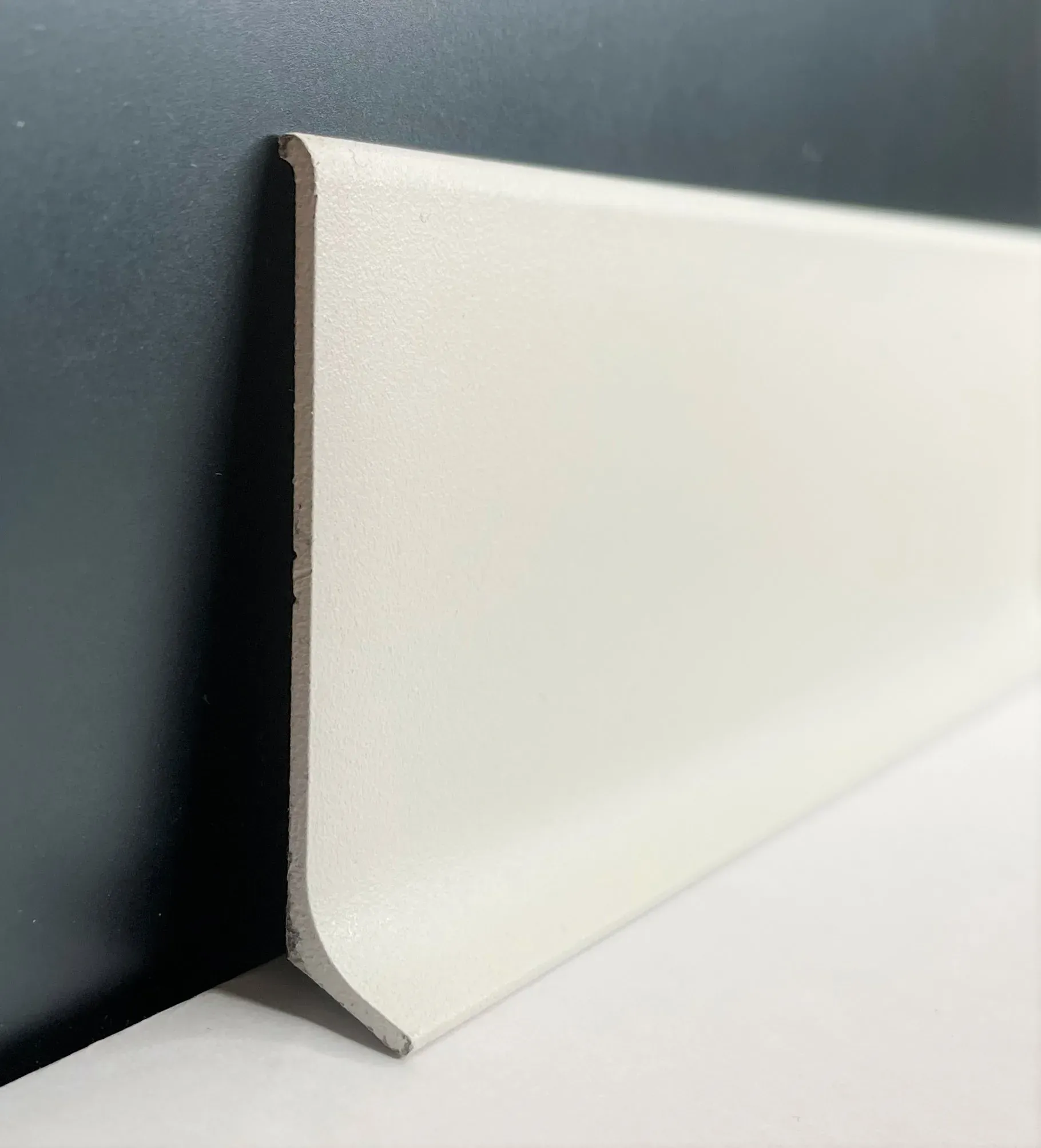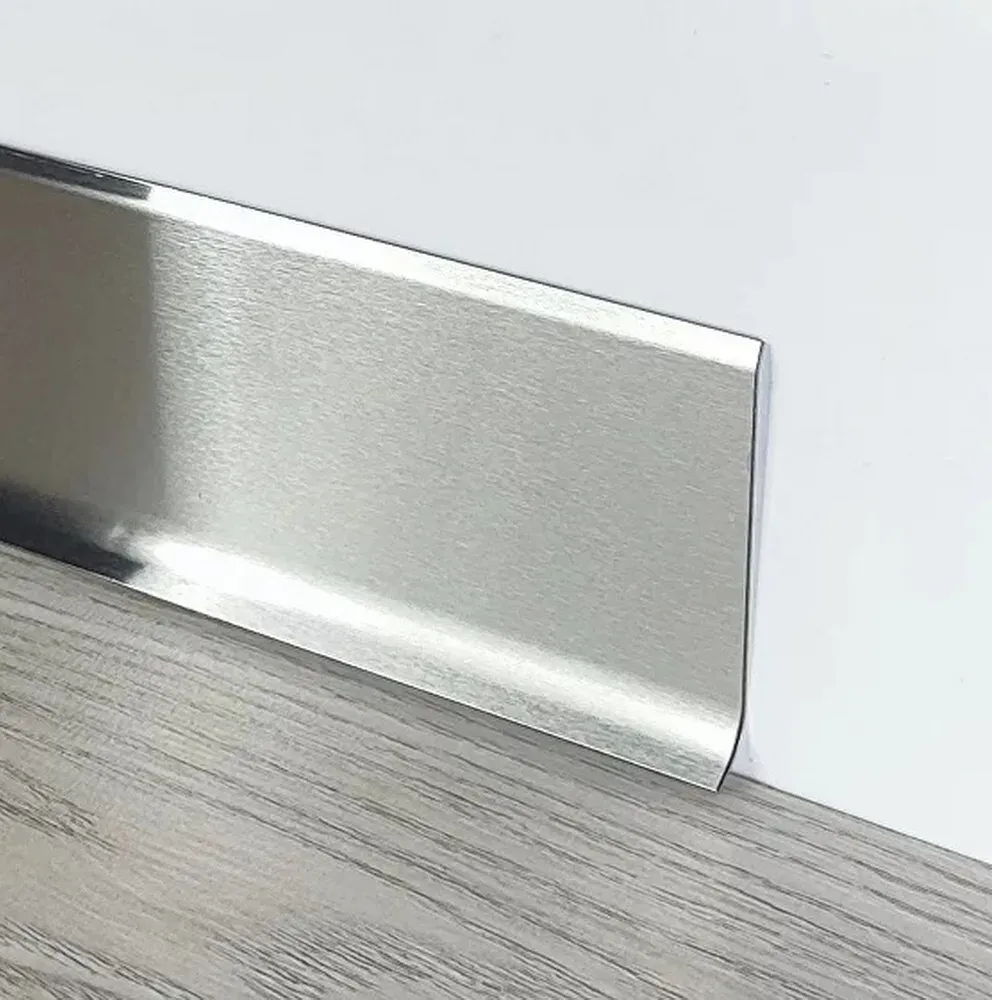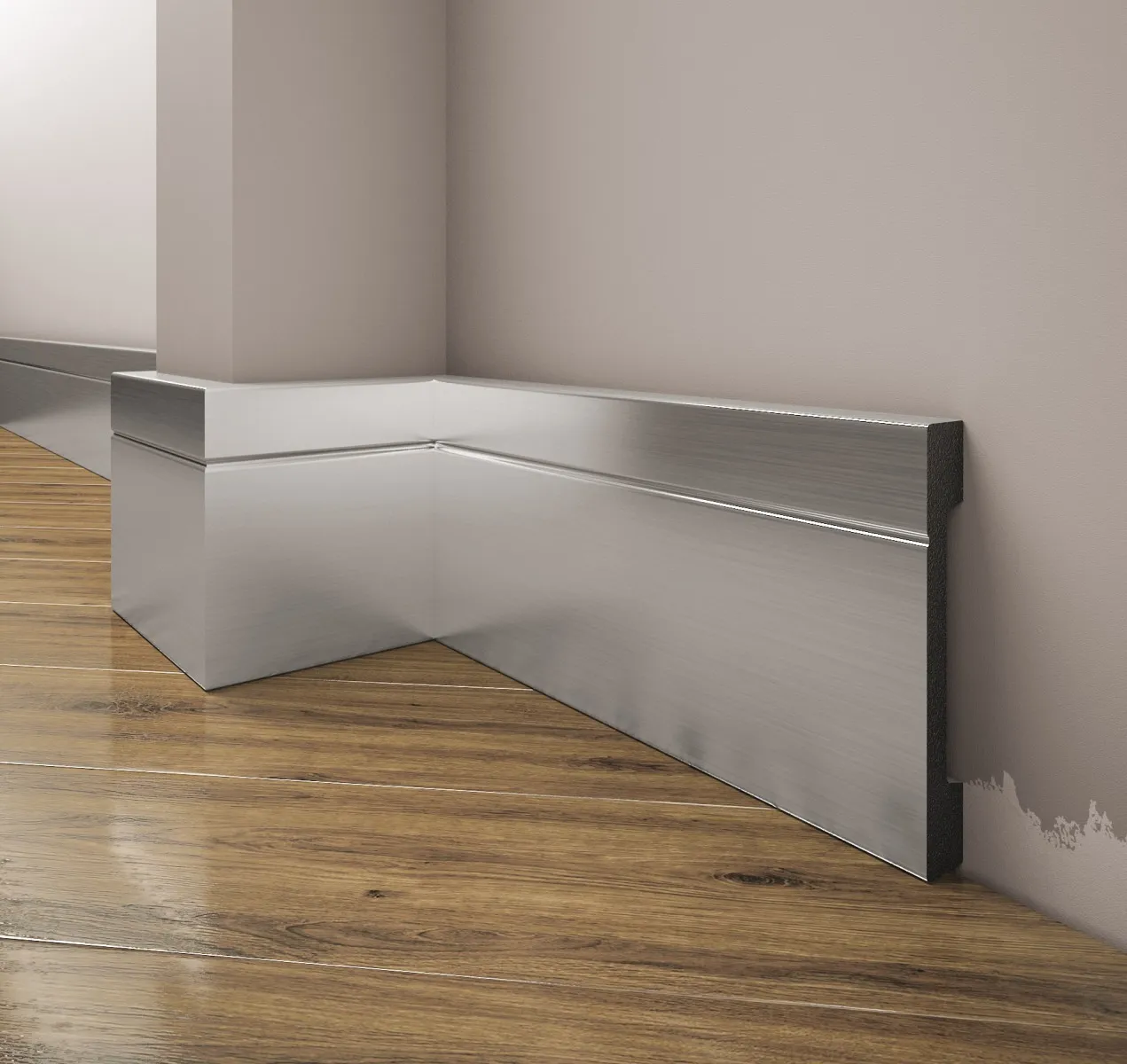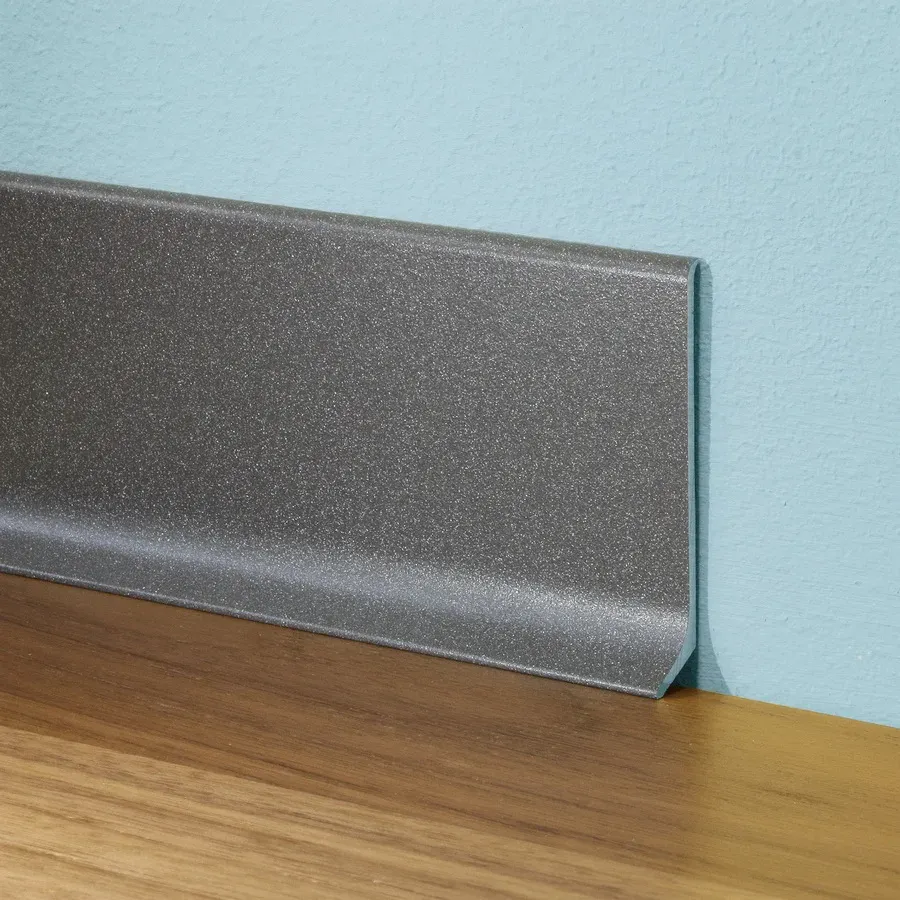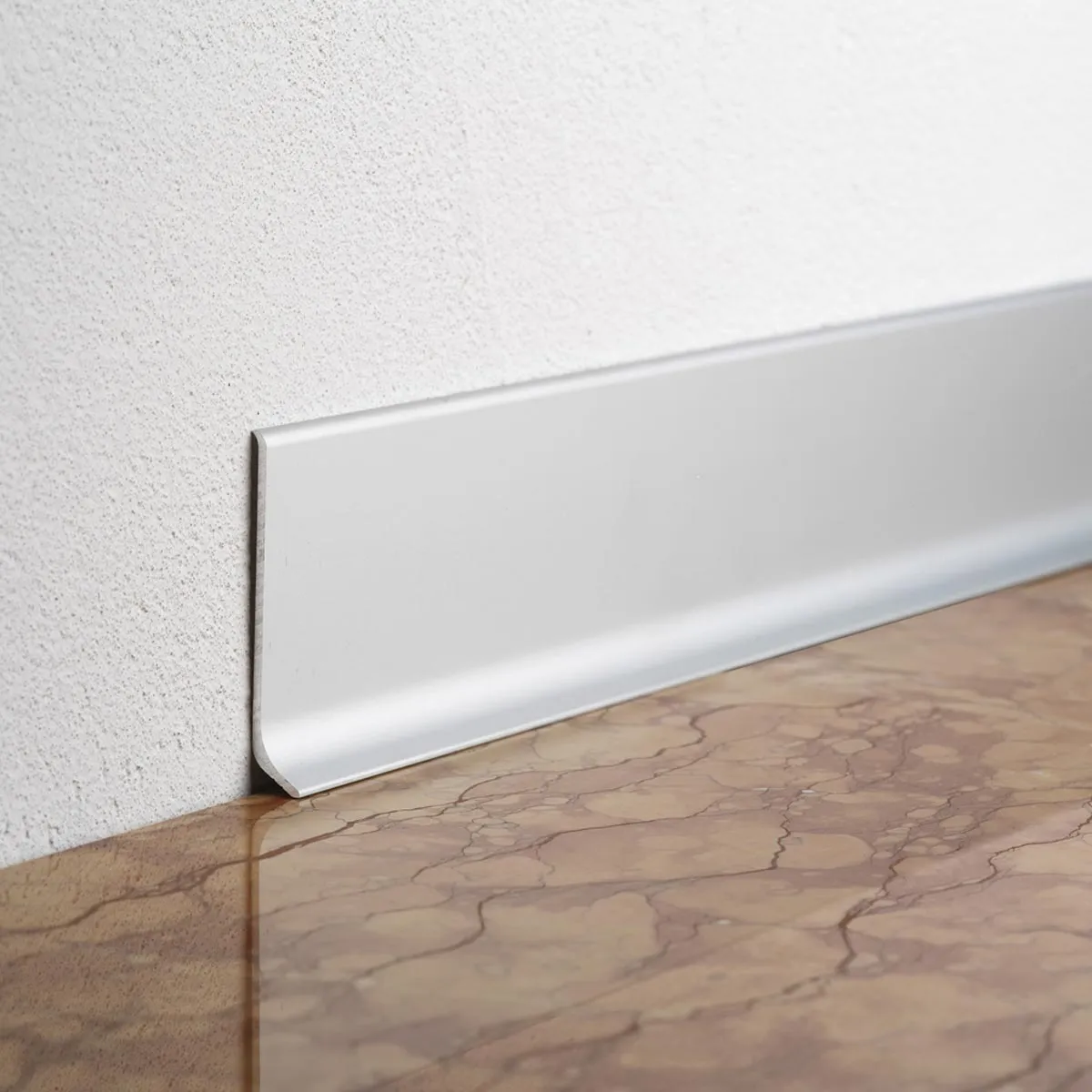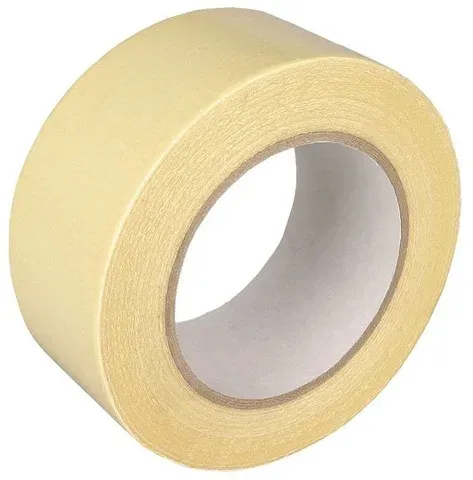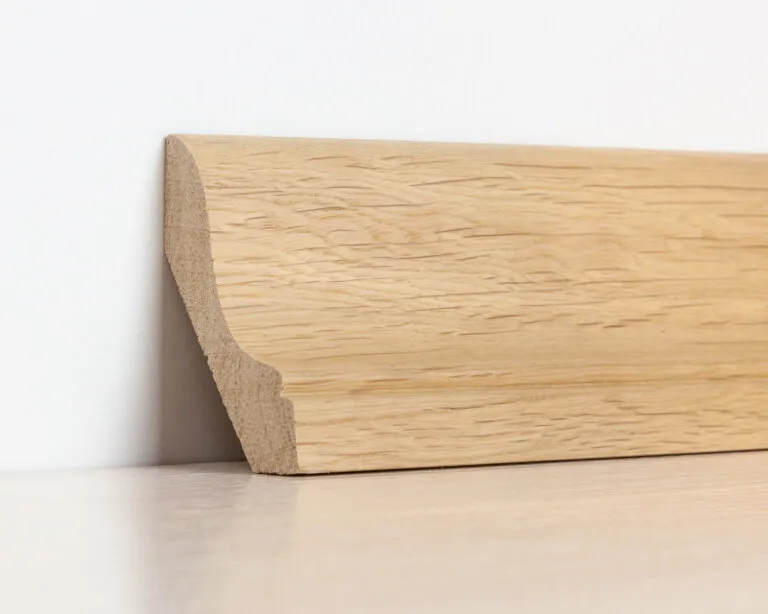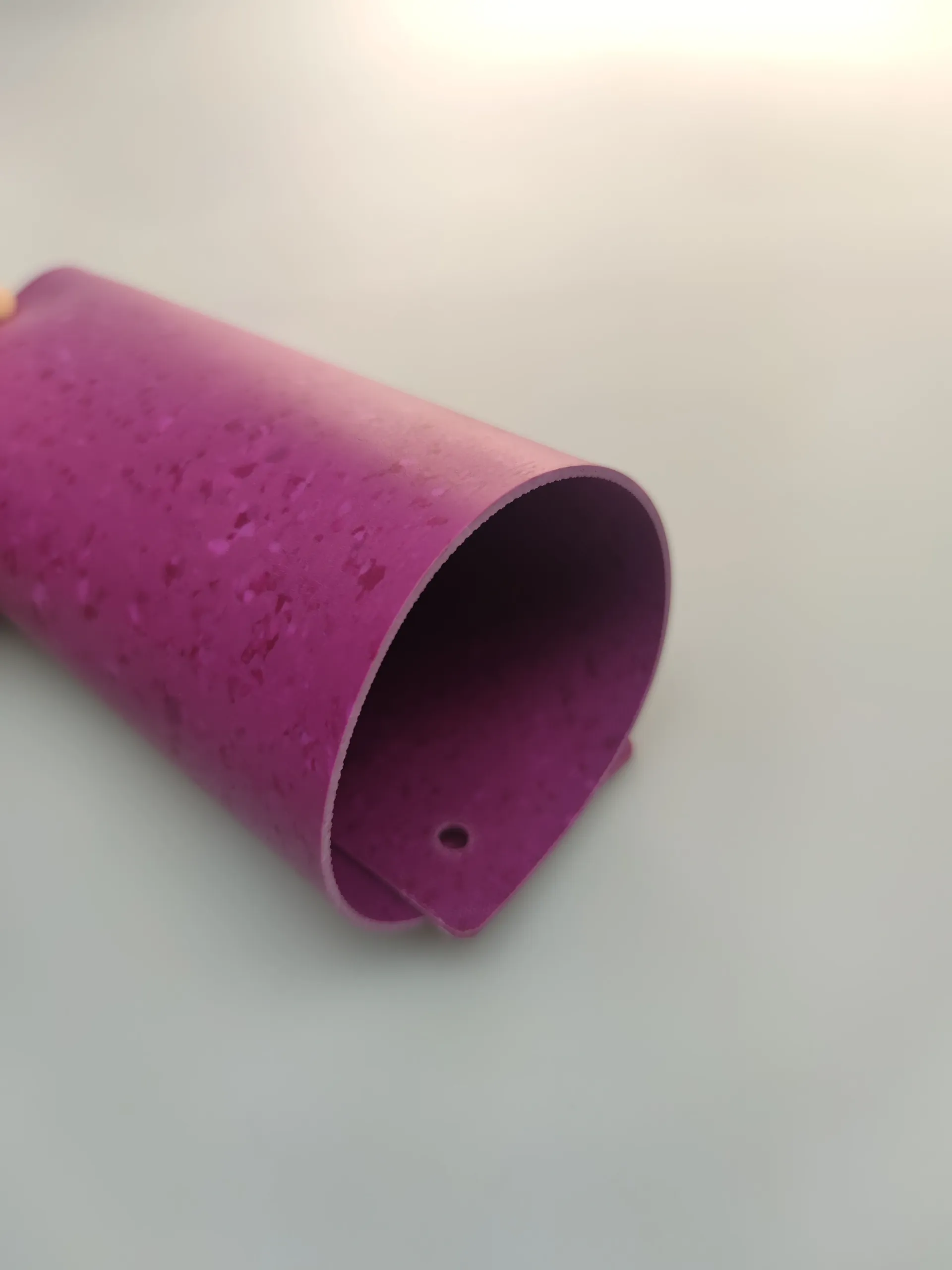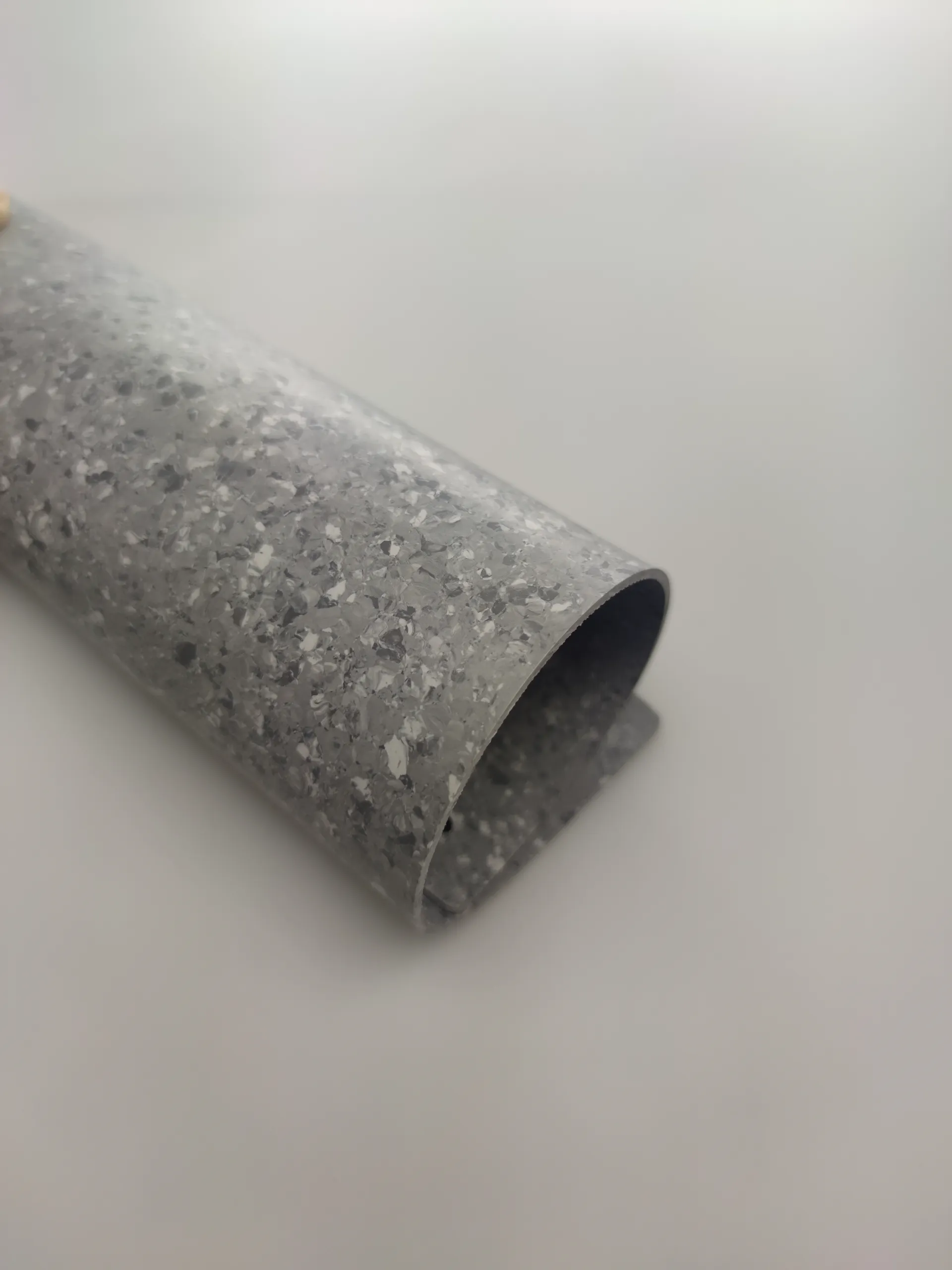Skirting, an essential architectural feature, has found an invaluable ally in aluminum material, transforming both the aesthetic appeal and functional capabilities of modern interiors. Skirting boards, traditionally crafted from wood or plaster, serve the dual purpose of protecting walls from damage while concealing the unsightly junction between the wall and floor. Aluminum skirting boards, however, elevate this essential component to new heights. Known for its lightweight nature, high strength-to-weight ratio, and unparalleled corrosion resistance, aluminum material is ideal for enduring the rigors of both residential and commercial environments. Its sleek and modern appearance seamlessly integrates with contemporary interior designs, lending a clean, minimalist look that other materials often struggle to achieve. Moreover, aluminum skirting is available in an array of finishes and colors, allowing for significant customization to match or contrast with existing décor. This versatility extends to various profiles and heights, ensuring that aluminum skirting solutions can cater to diverse architectural styles and building requirements.
-
Ko te taumahinga tetahi atu waahanga e tino pai ana nga taonga konumohe. Kaore i rite ki ona tauira rakau, ko te remu konumohe kare e pa ki te makuku, he mea tino pai mo nga waahi haumākū-nui penei i nga kaukau me nga kihini kei reira nga taonga tuku iho ka weriweri, ka pupuhi, ka pirau ranei. Ko te iti o te hiahia tiaki o te konumohe, me horoi noa i etahi wa ki te pupuri i tona kanapa, ka tino whakaitihia te taumahatanga tiaki mo te wa roa. I tua atu, ka taea te hanga i te reeti konumohe ki te whakauru i nga hongere hei huna i nga waea hiko me te taura, te whakatairanga i te taiao kore-kore me te haumaru, he mea nui ake te whakaaro i roto i nga taputapu-taimaha, nga kaainga hono-matihiko me nga tari o enei ra. Ko tana kaha ki nga paahitanga me nga karawarawa ka mau te roa, ka mau tonu tona ahuatanga ahakoa i roto i nga waahi waka nui. Ko te oranga tonutanga tetahi atu painga nui, na te mea ko te konumohe ka taea te hangarua, na reira ka tautoko i nga tikanga hanga kaakaariki me te whakaiti i te paanga o te taiao.
Ko te whakaurunga o te remu konumohe he ngawari noa, he iti ake te kaha o te mahi ki nga taonga tuku iho. Ko te whakamahi i nga tikanga whakangao tika ka puta nga waahanga e pai ana te hono tahi, te tere o te whakaurunga me te whakaheke i nga utu mo nga mahi. Ko nga hoahoa modular he ngawari ki te whakakapi, ki te whakapai ake ranei, ka whai waahi ki te urutau me te whakamaarama o roto. I tua atu, he maha nga wa e rite ana te konumohe konumohe ki nga hangarau taapiri hou e whakakore ana i te hiahia mo nga whao, he wiri ranei, na reira ka mau te tapatahi o nga pakitara me nga papa. Ko tenei tikanga ka ngawari ake te mahi whakaurunga i te wa e whakarato ana i te otinga ma te kore o nga piripono e kitea ana.
Hei whakarāpopototanga, ko te whakaurunga o nga rawa konumohe ki roto i nga otinga reeti e tohu ana i te ahunga whakamua nui i roto i te hoahoa o roto me te hanga. Ko te ngawari o te rerehua, ka honoa me te mauroa me nga painga mahi, ka tuu ko te konumohe hei rauemi maataki mo nga tono reeti puta noa i nga waahi rereke. Mai i te whakapumau i te whakamarumaru me te tiaki pai ki te tautoko i te hanga ukauka, ko te reeti konumohe he mea tino whai hua me te tino ataahua. I te wa e tipu haere tonu ana te hoahoanga hou me nga ahuatanga hoahoa, kua rite te tono o te remu konumohe ki te tipu, ka mau mai i nga mahi hou me te huatau ki nga waahi e nohoia ana e tatou.
